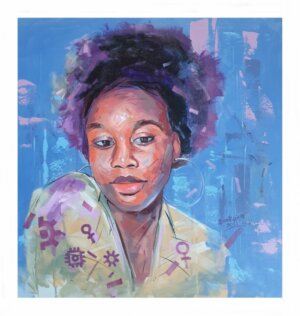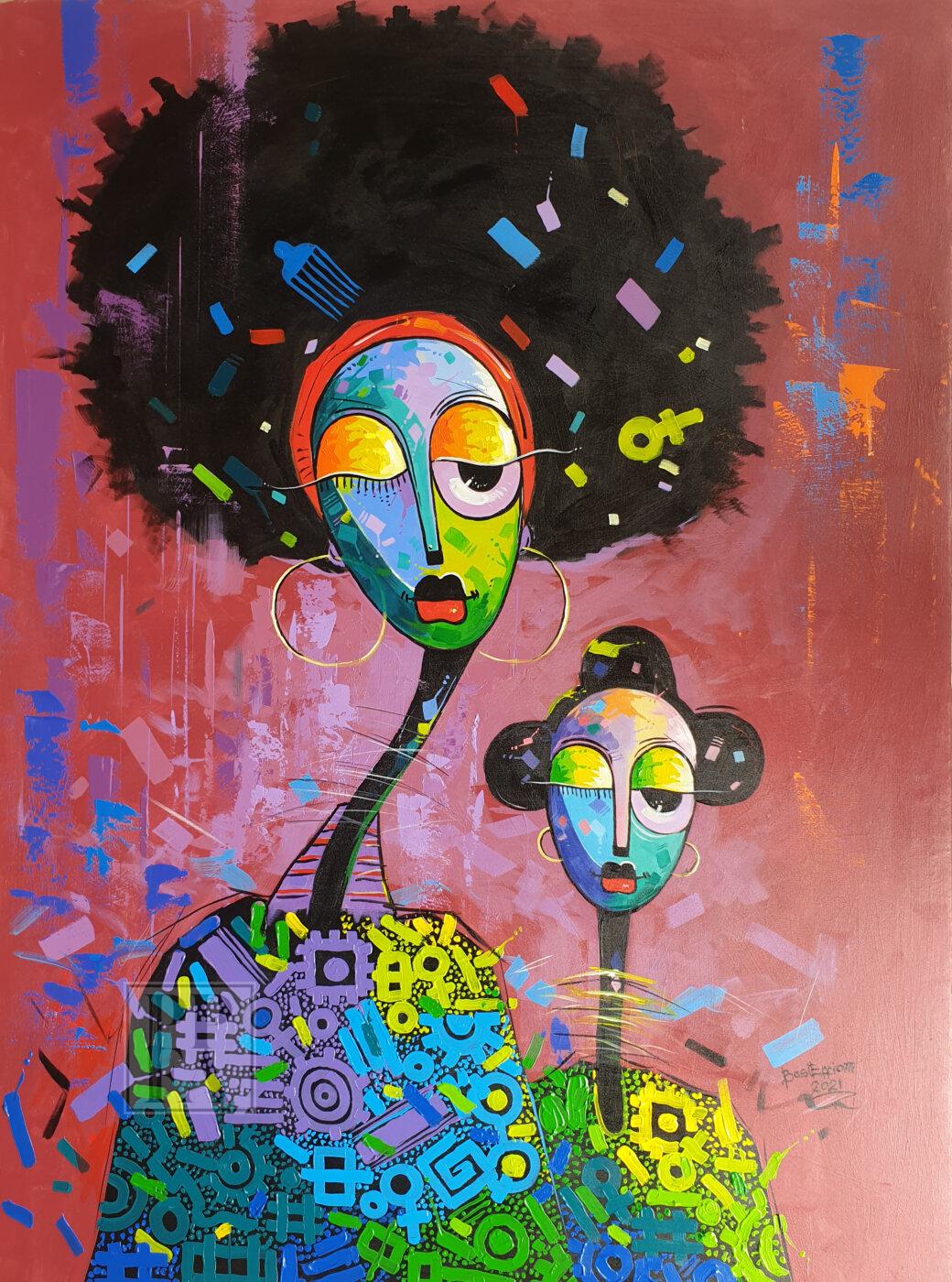- More people are starting to collect art to support artists they enjoy and to enjoy the beauty of their favorite artwork.
- Art galleries and art fairs are creating online viewing rooms for potential art collectors.
- Artist are gaining more exposure through online viewing.
More people have delved into becoming art collectors as access to new bodies of work has become more accessible. The art world has had to adapt to become more resilient despite being forced to close due to the pandemic. Art galleries and international art fairs have created online viewing rooms and begun digitizing work to make them viewable to potential art collectors. More art lovers have turned to art to adorn their walls due to being stuck inside during the pandemic. Art gives people a way to support their favorite artists and create a more pleasing environment.
Why Are Galleries and Art Fairs Turning to Online Viewing Rooms?
Seasoned collectors have turned to online art viewing and purchasing because it is the only possible way to do so. Although with an abundance of galleries moving online, art collectors are overwhelmed with requests by galleries to view their OVRs (online viewing rooms) and prefer seeing artwork in person. As the art world changes, technology has also adapted to meet demand. There are endless possibilities for technological advancement for online viewing rooms. Emerging artists have also benefited from additional online exposure.Through additional exposure, art collectors can commission work or buy artwork directly from artists. Artists such as Bassey Asukwo have been able to sell to international art collectors through showcasing his work online. Bassey’s work is not only beautiful but also inspiring.

Image by Bassey Asukwo via PacificViewFine.ArtOther artists such as Amen Badeg, a contemporary sculpture artist from Ethiopia, have a growing list of art collectors vying for his work. His work has even been shown at the Ethiopian National Museum!

Picture via Amen Badeg The pandemic has genuinely been a turning point for the art world. Either galleries, art fairs, and artists adapt, or they sink into oblivion. Without the ability to quickly pivot and digitize artwork, many galleries have been forced to shutter their doors forever.
Virtual Tours Take off Globally During the Pandemic
One major advancement has been virtual tours. They became one of the primary ways for galleries and museums to engage with the public. Companies such as Matterport have developed 3d tours such as the Pharaoh Ramesses VI Tomb. Using Lidar scans and photography, users get to explore Ramesses tomb – something they couldn’t easily do without traveling to Egypt. Other experiences have allowed users to engage with the gallery owner or artist while viewing artwork in a 3D space. Now that people across the globe can visit art fairs and galleries online, relatively unknown galleries and artists have been thrust into the spotlight. Thanks to technology, artists gain additional exposure they wouldn’t have otherwise. Galleries and art fairs can now see the immediate effects of digital interactions with the public. Online viewing is no longer an afterthought, but it is a supplement to an in-person viewing experience.








